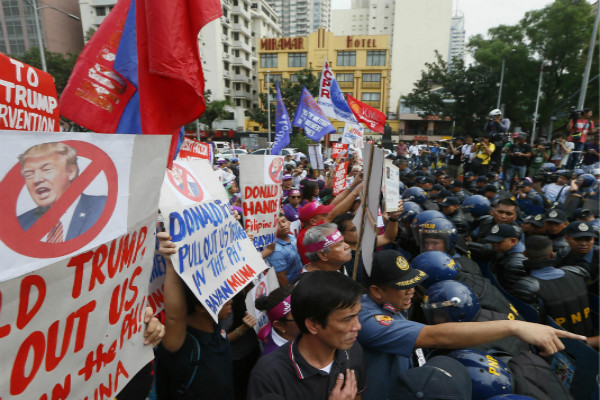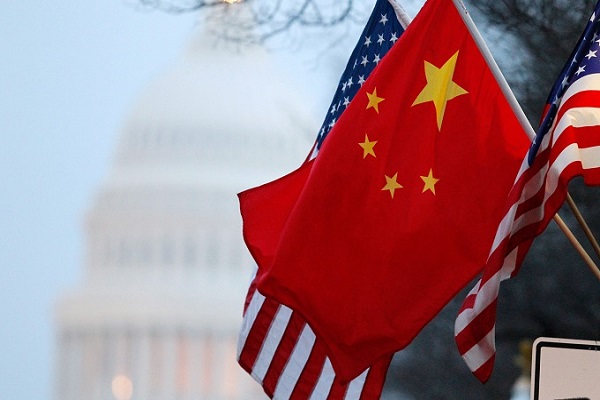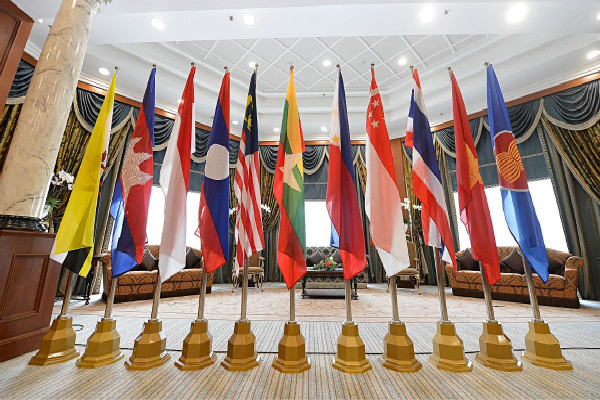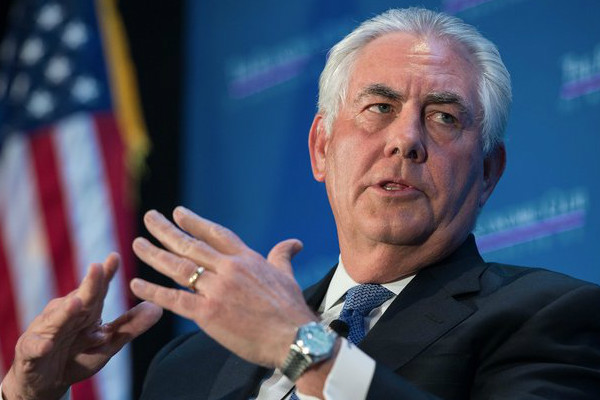
By Henry Hing Lee Chan
Credit Rating Standards: Improvement on the Horizon?
The China Securities Regulatory Commission (CSRC) announced that it had investigated seven domestic credit rating agencies since September last year and that it had sent warning letters to six of them on March 23, 2016. China's top three rating agencies — CCXR, Lianhe and Dagong were among the six companies in the warning list. The companies were cited for nine major flaws, with more serious charges including: a lack of standardized criteria for ratings; different rating methodologies from those disclosed; and a lack of adequate due diligence on their ratings. The companies were asked to attend “supervisory interviews” to improve their operations.
The announcement is candid by Chinese standards and is the first in memory. It confirms what many bond market participants have long known: the country’s local credit rating agencies aren’t very good. As of June 30, 2015, 97 percent of bonds in China are investment grade. China's top three rating agencies — CCXR, Lianhe and Dagong rated at least 30 percent of China's entire onshore corporate bond market at AAA. Both are highest percentage of any bond market in the world.
The case of property developer, Evergrande, was often cited as an evidence of the lax standards of China’s credit rating agencies. S&P had cut the company’s credit rating from BB- to B+ in May 2015 based on the dropping of its interest coverage ratio to 1.45 times in the 2014 financial year from 2.5 times in the 2013 financial year. S&P also noted the company’s net debt-to-equity ratio will be 251 percent if its interest-bearing perpetual bonds were classed as debt instead of equity. However, local rating agencies still rated Evergrande’s domestic bonds AAA, at par with Chinese government bonds.
China’s domestic bond market is more than USD 6.5 trillion in size, the third largest in the world after the US and Japan. However, foreign participation is just 3 percent, one of the lowest in the world. The situation reflects the earlier history of capital controls but this is about to change with the RMB’s inclusion in the International Monetary Fund’s Special Drawing Rights (SDR) by the end of 2016. Some foreign central banks would like to include the RMB in their portfolios to reflect both the RMB’s increasing role as their trading settlement currency as well as their reserve currency that comes with the SDR inclusion.
This warning to the credit rating agencies will hopefully change their existing hobby of overrating domestic entities and reflect the true credit worthiness of the rated companies. The job of credit rating agencies is to accurately assess the risk of a company’s debt relative to its peers and other companies. If they fail in this role, their ratings are meaningless.
As of 2015, the People’s Bank of China’s data has shown that the domestic corporate bond market has reached RMB 1.8 trillion in size. With the heightened role of the domestic bond market in corporations’ funding and the increasing interest of foreign official institutions in the domestic bond market, the move to tighten bond ratings is strategic. The outcome of CSRC’s warning letters to the six local credit rating agencies will be keenly watched by financial analysts worldwide.
























Leave a Reply
Your email address will not be published. Required fields are marked *